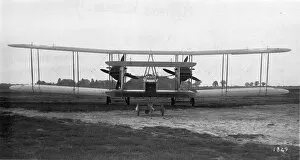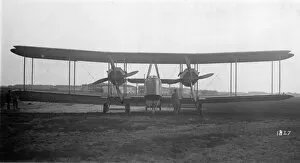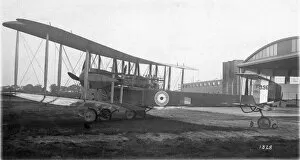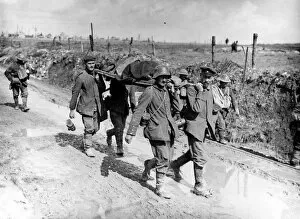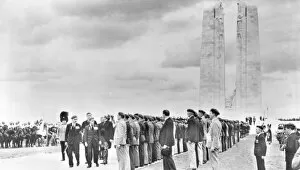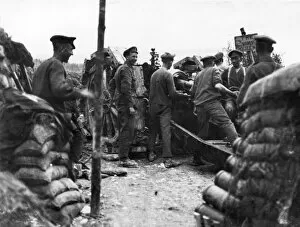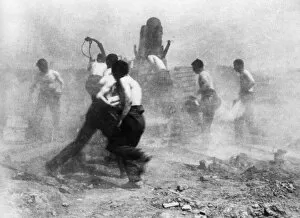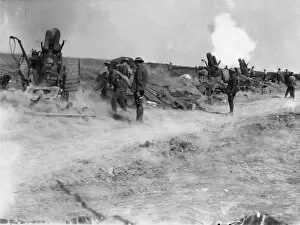Vimy Collection (#3)
"Vimy: A Symbol of Triumph and Sacrifice" The Vickers Vimy, a remarkable biplane
For sale as Licensed Images
Choose your image, Select your licence and Download the media
"Vimy: A Symbol of Triumph and Sacrifice" The Vickers Vimy, a remarkable biplane, was not just an aircraft; it represented the courage and resilience of those who fought in World War I. From crew inspections to commercial flights, the Vimy left an indelible mark on history. In 1920, at Martlesham Heath, the Vickers Vimy Commercial G-EAUL stood tall as a testament to human ingenuity and progress. Meanwhile, Canadian gunners bravely faced the horrors of war during the Battle Ridge in France. Their unwavering determination would forever be associated with this iconic name. Near Lens in Nord Pas de Calais, Nord-Picardiy stands the First World War Vimy Canadian Memorial - a solemn tribute to those who made the ultimate sacrifice. It serves as a reminder that freedom comes at great cost. Aviators Alcock and Brown etched their names into aviation history by successfully completing their transatlantic flight aboard a Vickers Vimy. Their daring feat showcased both technological advancements and human bravery. Rolls-Royce recognized the excellence of this biplane through its advertisement campaign featuring the Vickers Vimy. This collaboration highlighted how innovation can elevate industries beyond imagination. Dating back to 1919, when it first took flight, the Vickers Vimy captured hearts worldwide with its impressive design and capabilities. Its legacy lives on through countless stories of heroism from pilots who soared above enemy lines. On April 18th, 1917, during one fateful day at Vimy Ridge amidst World War I's chaos and devastation, brave soldiers fought valiantly for victory. The name "Vimy" became synonymous with triumph against all odds. Julian Byng embodied leadership as he commanded forces during these critical battles - earning him his title as Viscount Byng of Vimy. His strategic brilliance contributed significantly to the Allied success.

